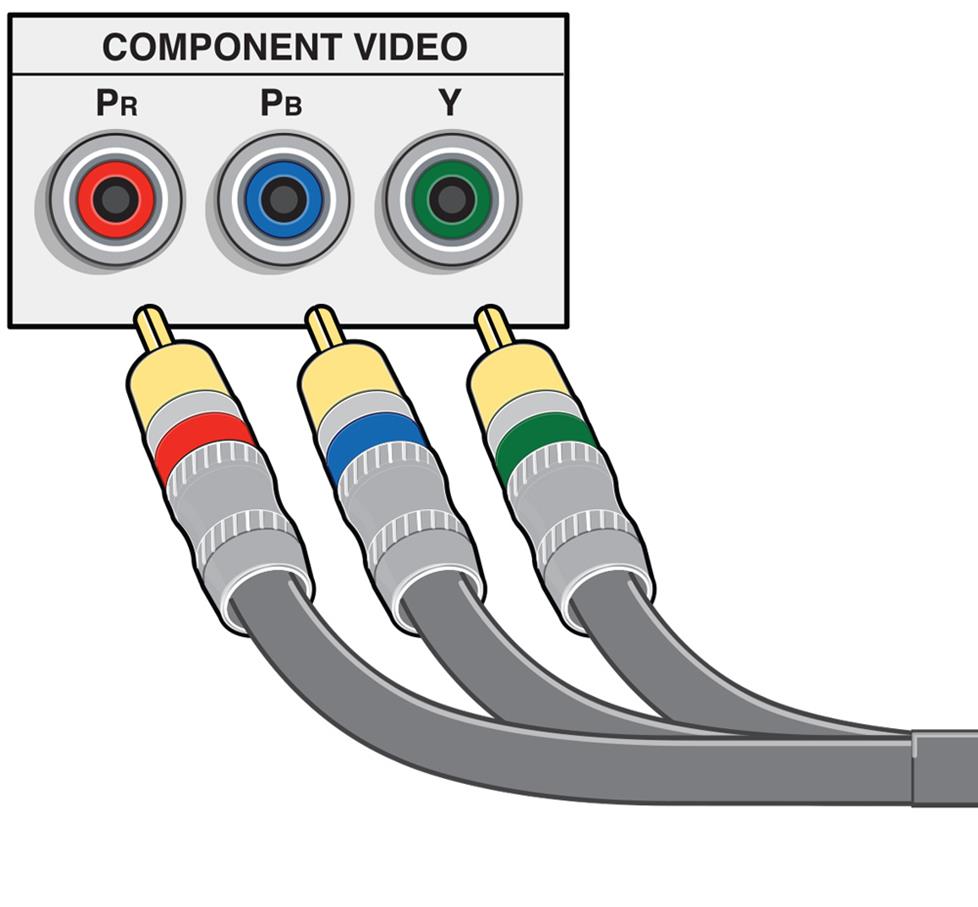Enhancing Acoustic Quality Through Strategic Audio Placement in Business Environments
Enhancing Acoustic Quality Through Strategic Audio Placement in Business Environments
Blog Article
Maximizing sound experience in commercial spaces is crucial for establishing an inviting and effective atmosphere. Whether in a dining establishment, shopping store, or office, the way audio moves and is perceived can significantly affect client satisfaction and employee productivity. Strategic speaker placement holds a crucial role in achieving optimal audio performance. By understanding the principles of sound dynamics and taking into account the layout of the space, companies can improve the overall auditory experience for all in attendance.
One of the first actions in efficient audio positioning is to evaluate the size and configuration of the commercial area. Different sections may have unique sound properties that affect how sound functions. For example, spacious, open areas may require more audio units to ensure uniform sound distribution, while smaller, confined areas might benefit from fewer audio units positioned strategically to avoid overloading the audience. Additionally, the substances used in the construction of the space, such as partitions, surfaces, and roofs, can influence sound reflection and absorption. Comprehending these elements assists in determining the best locations for speakers.
Another crucial factor is the kind of audio being broadcast. Background music in a coffee shop, notifications in a shopping store, or presentations in a conference space all require varied sound configurations. For instance, in a restaurant, speakers should be positioned to create a enjoyable atmosphere without dominating dialogues. In comparison, in a shopping space, audio units may need to be located to ensure that promotional announcements are clearly audible throughout the area. Customizing the audio positioning to the specific sound requirements of the environment can greatly enhance the overall experience.
The height and tilt of the speakers also have a significant role in sound distribution. Positioning audio units at ear level can help guarantee that audio arrives the audience efficiently. Additionally, angling audio units towards the center of the room can help focus sound where it is needed most. This is particularly important in areas with high ceilings, where audio can readily dissipate. By thoughtfully considering the height and angle of the audio units, companies can create a more immersive acoustic experience that maintains clients interested and employees focused.
Ultimately, consistent assessment and modification of speaker placement are essential for preserving ideal audio quality. As the layout of a business area changes, or as additional fixtures and accessories are added, the acoustic dynamics may change. Conducting periodic assessments can help identify any problems with audio distribution and enable for required adjustments. By prioritizing thoughtful audio placement and ongoing evaluation, businesses can ensure that their view it now business spaces offer a welcoming and pleasant sound atmosphere for everyone.